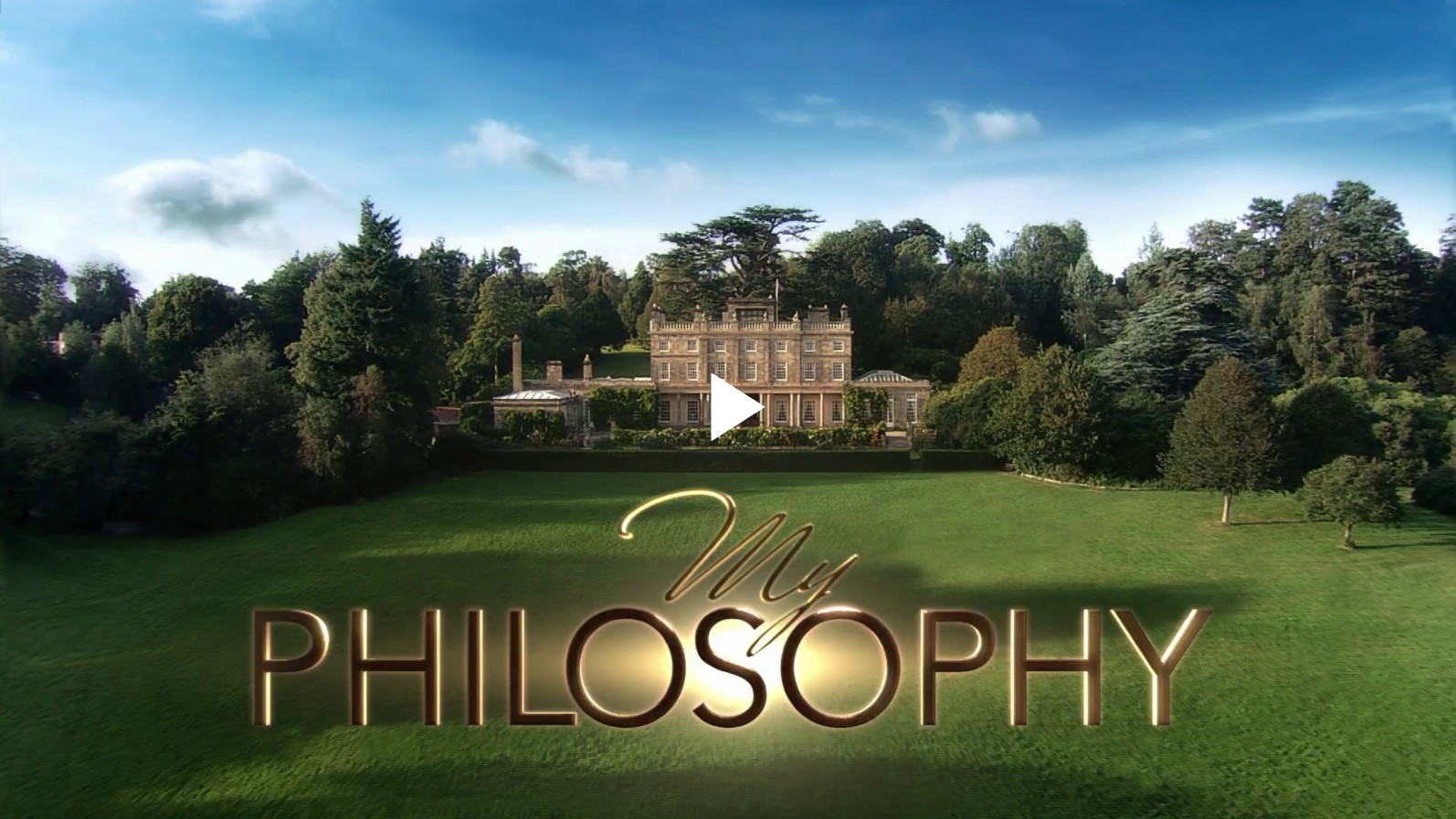One of the holidays of the Scientology religion is May 9th, the day ins 1950 when the first book of Scientology and Dianetics, Dianetics: the Modern Science f Mental Health, was published in 1950. It signifies the birth of the movement. It is still the book recommended for most people to begin their studies of the subject.
L. Ron Hubbard discovered the single source of nightmares, unreasonable fears, upsets, insecurities and psychosomatic illness—the reactive mind. In Dianetics: The Modern Science of Mental Health, he described the reactive mind in detail and laid out a simple, practical, easily taught technology to overcome it and reach the state of Clear. Dianetics is that technology.
The word Dianetics is derived from the Greek dia, meaning “through,” and nous, “mind or soul.” Dianetics is further defined as “what the soul is doing to the body.” When the mind adversely affects the body, it is described as a psychosomatic condition. Psycho refers to “mind or soul” and somatic refers to “body.” Thus, psychosomatic illnesses are physical illnesses caused by the soul.
The mind is basically a communication and control system between the thetan—the spiritual being that is the person himself—and his environment. It is composed of mental image pictures which are recordings of past experiences.
The individual uses his mind to pose and solve problems related to survival and to direct his efforts according to these solutions.
The mind is made up of two parts—the analytical mind and the reactive mind.
The analytical mind is the rational, conscious, aware mind which thinks, observes data, remembers it and resolves problems.
The reactive mind is the portion of a person’s mind which works on a totally stimulus-response basis. It is not under volitional control, and exerts force and the power of command over awareness, purposes, thoughts, body and actions.
In the Dianetics book L. Ron Hubbard writes: “The source of aberration has been found to be a hitherto unsuspected sub-mind which, complete with its own recordings, underlies what Man understands to be his ‘conscious’ mind. The concept of the unconscious mind is replaced in Dianetics by the discovery that the ‘unconscious’ mind is the only mind which is always conscious. In Dianetics this sub-mind is called the reactive mind.”
The reactive mind does not store memories as we know them. It stores particular types of mental image pictures called engrams. Engrams are a complete recording, down to the last accurate detail, of every perception present in a moment of partial or full “unconsciousness.”
“Unconsciousness” could be caused by the shock of an accident, anesthetic used for an operation, the pain of an injury or the delirium of illness. During these times, the analytical mind shuts down in full or in part and the reactive mind cuts in, in full or in part. An engram exists below the individual’s awareness level yet it can be activated so as to enforce its content and can cause unevaluated, unknowing and unwanted fears, emotions, pains and psychosomatic illnesses.
In Dianetics procedure, the individual recounts an incident of “unconsciousness” from beginning to end until the engram is reduced, which means all the charge or pain is taken out of an incident, or erased, which means the incident has vanished forever. In either case, the individual is free of the aberrative effect of the incident and can experience enormous relief and a rise in emotional tone.
That is the miracle of Dianetics.








